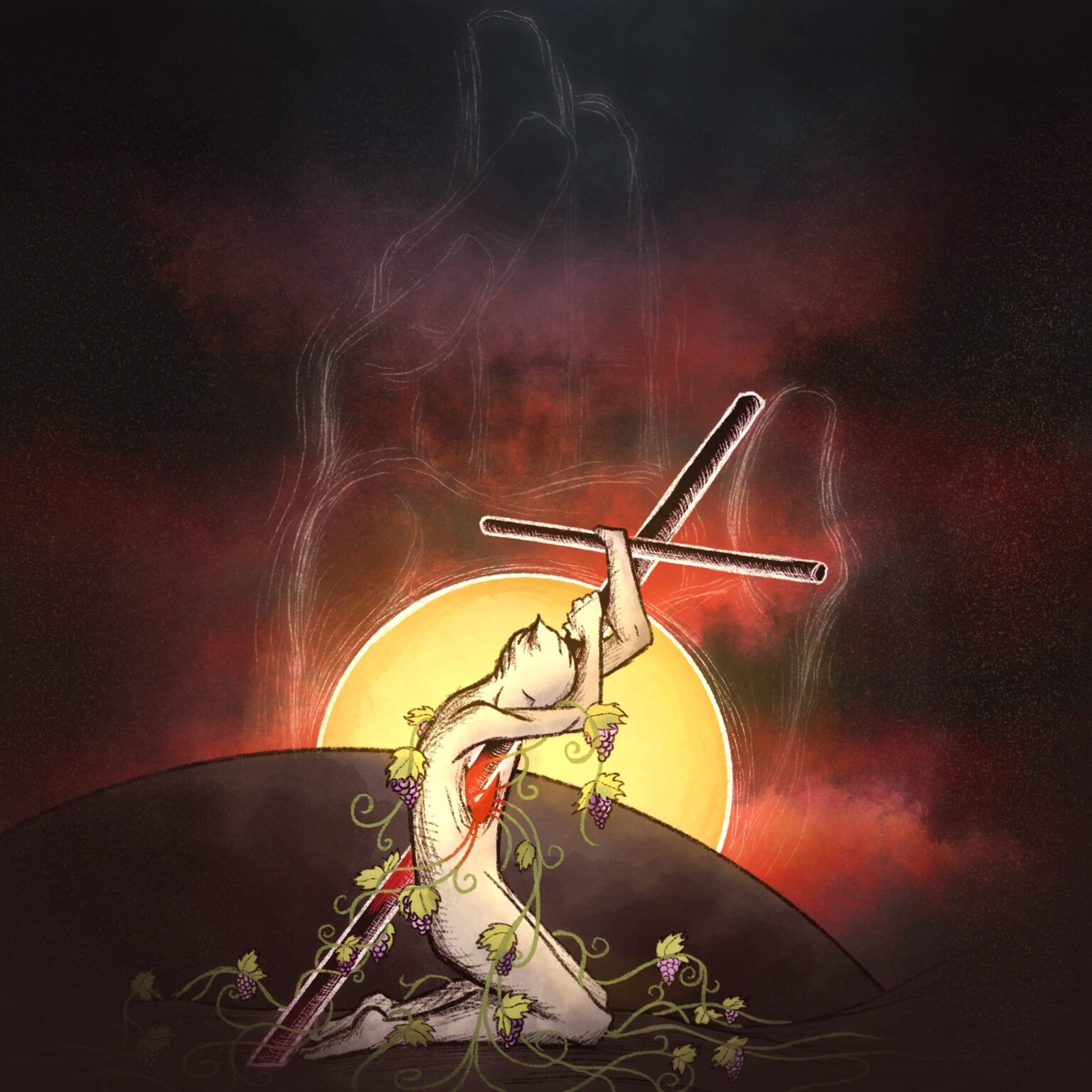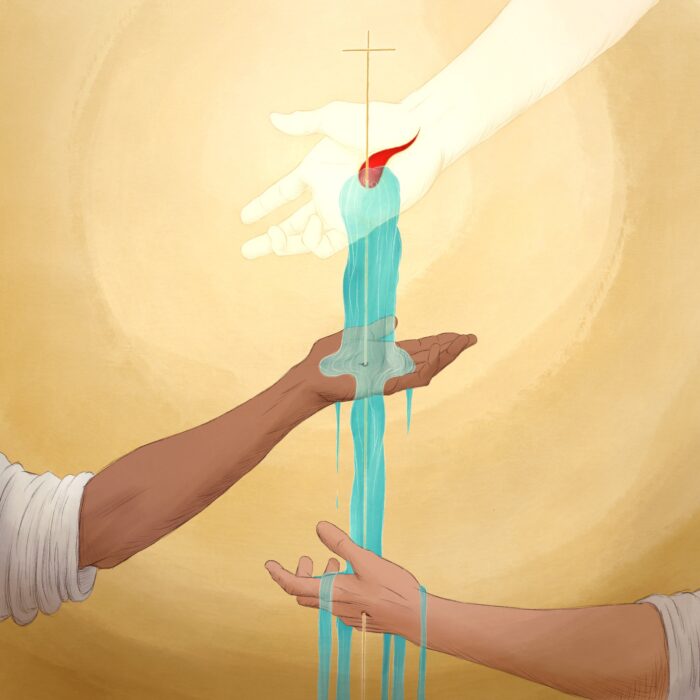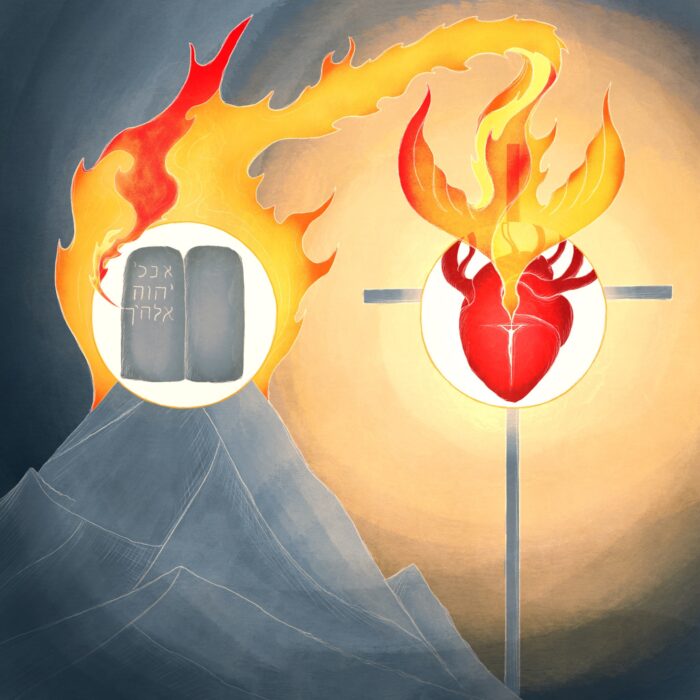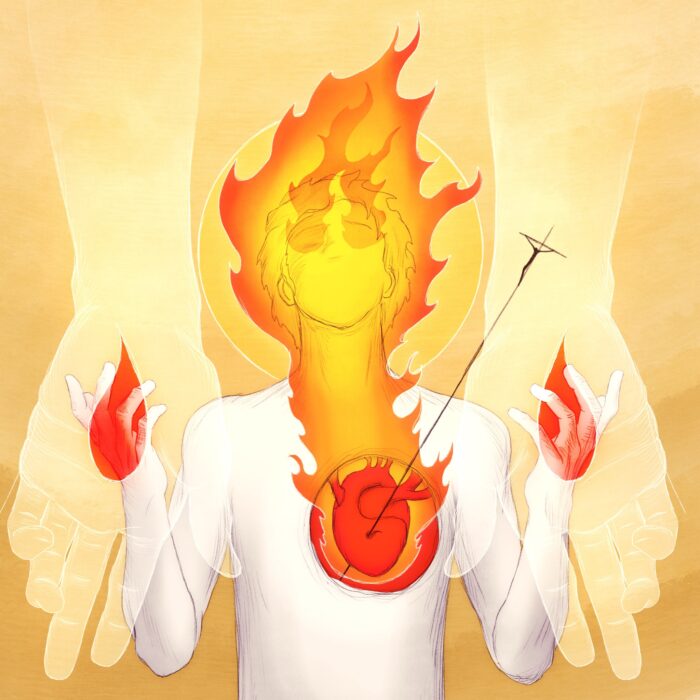2 Corinthians 12:10, “for the sake of Christ, then, I am content (or “well pleased”) with weaknesses, insults, hardships, persecutions, and calamities. For when I am when, then I am strong.”
How can Paul be content with—or even embrace—his sufferings? This is not only counter intuitive, it is counter nature. We do not move toward something that hurts us, we do not remain “well pleased” in a place where we are uncomfortable. So how can Paul says this? The key, of course, comes with Jesus’s response to Paul’s prayer:
“My grace is sufficient for you, for my power is made perfect in weakness” (v.9).
Christ’s response re-orients Paul’s mind and re-casts his perception and reception of reality in the light of the cruciform power of God. Jesus’s death and resurrection shows us not just something God did once, it is programmatic for all of God’s work—crucifixion (read: “self-giving in love”) is how He advances His purposes in the world…..and this is how God works because it is who God is. Because God is eternally and perfectly within Himself a reciprocal fellowship of self-outpouring love, He has created a universe in which true power, true strength, true victory is completed and perfected in the “weakness” of love’s self-outpouring obedience…..in the “weakness” of entrusting oneself into the hands of Him who judges justly (1 Peter 2:23), in the “weakness” of taking on the form of a servant and humbling oneself to death (Phil. 2:6-9), in the “weakness” of the seed’s descent into the earth (John 12:24)….in the “weakness” of suffering embraced in faith (2 Cor. 12:10) — in these weaknesses, the almighty power of God in Christ is unleashed to work, unleashed to transfigured humanity and creation into the glory that is to come (Rom. 8:17-20).
I said above that we do not move towards something that hurts us. That is true, unless there is something that we value more than the pain. For instance, if our child is getting attacked by a dog, we will move toward the teeth and claws and receive the pain because our child’s life is more precious to us than the pain we will experience. Or again, hundreds of thousands of people everyday embrace the pain of tearing down muscles and wearing out their bodies in a gym because the pleasure of a healthy and strong body is more precious to them than the pain of sore muscles or winded lungs. In the same way, because Paul values the intimacy with Christ and the display of Christ that comes through his hardship more than the comfort he has lost, he is able to embrace that hardship for the sake of Christ.
And note that the sort of weakness that Paul here embraces is just a conformity to the image of Christ. As Paul says earlier on in 2 Corinthians, he is always carrying Christ’s “death” in his body (ie, various sufferings), but the fact that he can continue to live in hope even while carrying this death is itself enabled by and communicative of the resurrected life of Christ (2 Cor. 4:7-12). As we join Christ in His death by embracing myriad hardships in the obedience of love (albeit hardships now shot through with invincible hope because of His resurrection), we proclaim the slain and risen Lord and become instruments of His redeeming power in the world.
So, in this picture I use the cross to signify whatever suffering a saint might face. Be it persecution or sickness or physical disability or depression or what have you….whatever suffering we receive from the sovereign hand of the Lord in patient obedience becomes a form of self-giving….a form of love….and so a form of Christ’s power at work in the world. The saint leans on and embraces the cross even as it pierces him, and from the wound a rich grape vine sprouts and fills the darkness around him….this points to the redemptive power of Christ that is perfected in the faithfully endured/embraced/received sufferings of His people. Notice also the allusions to the death and resurrection of Christ in the background. The dark semi-circle represents the stone of Christ’s tomb, or death. The saint remains in the experience of Christ’s death while they are in this life….and yet, see the golden circle behind the saint’s head. This points to the open and empty tomb. Because of Jesus’ death and resurrection, even as we share in the sufferings of His death, we are upheld by the strength and hope of His resurrected life. And so, for the saint who suffers with Christ in faith, suffering is fruitful and sorrow is the seed of joy.




